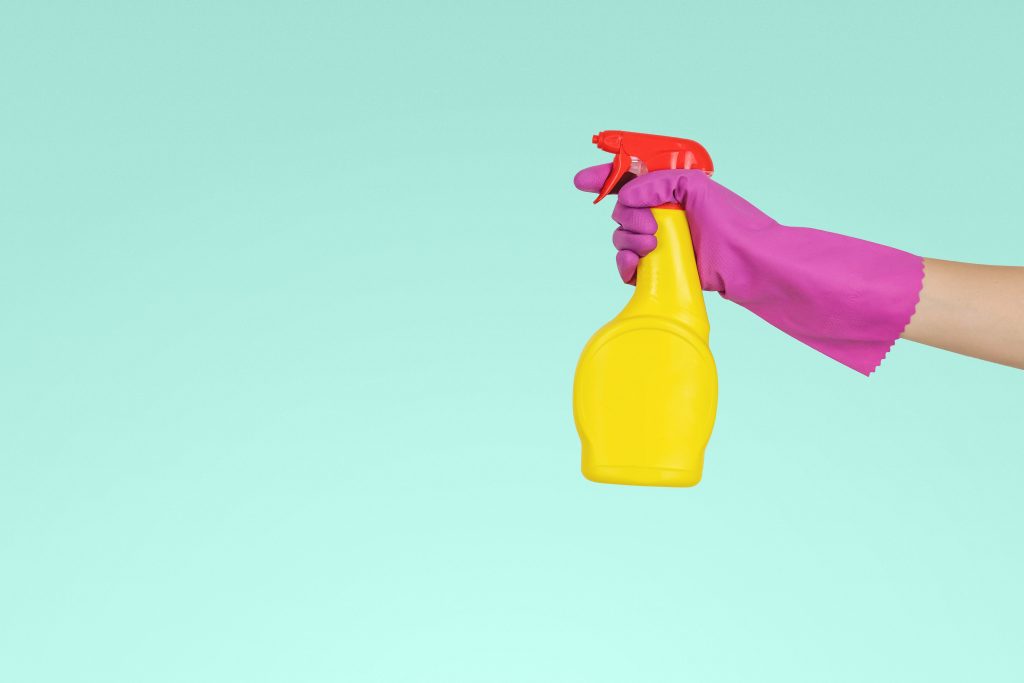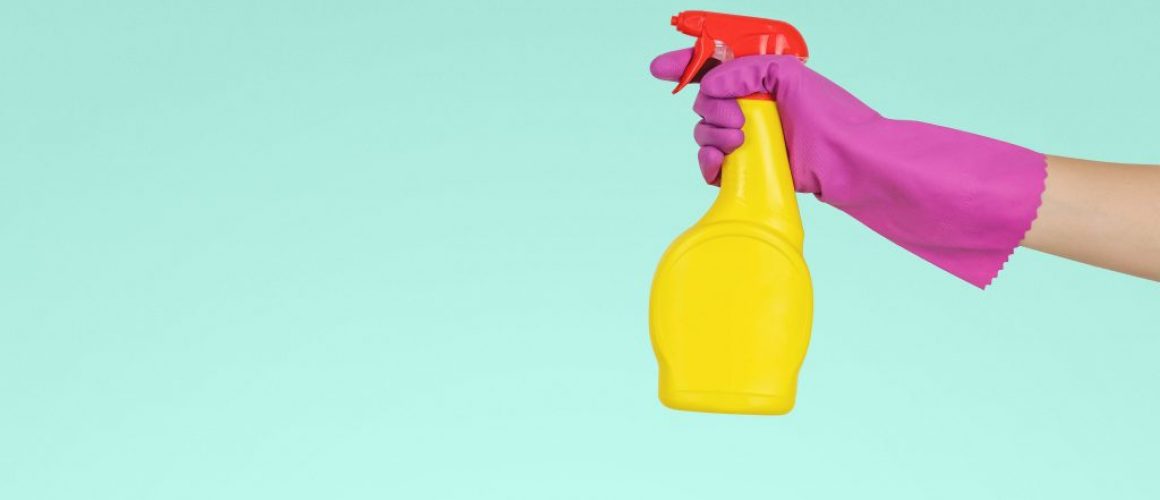Cleaning Acrylic Prints
If you’ve been following the news, you’re probably going a little bit stir-crazy at home. You’ve vacuumed, washed your sheets and towels. Depending on the weather, maybe you even hung them outside to dry! And while everything in your home seems spic and span, you still haven’t cleaned your wall decor. So, this week’s blog post is a handy guide to cleaning acrylic prints.
If we’ve learned anything these past few weeks, it’s the importance of following instructions to minimize damage. The same goes for cleaning acrylic prints. Using the wrong cleaner can result in colors fading, or the sheen of the print being lost. Just by following these few simple instructions, you can ensure that your print will not lose its sparkle.
What Not to Use when Cleaning Acrylic Prints
We begin with narrowing down the list of cleaning products available. When cleaning your acrylic print, you should not use the following:
- abrasive cleaners
- ammonia-based cleaners, like Windex
- hard sponges or bristled brushes
- paper towels

Abrasive Cleaners
Abrasive cleaners are cleaners that contain little particles meant to scour away grime and dirt. They have a gritty, or sandy texture. These types of cleaners are usually used for a heavy build-up of grime. While they may seem like a good way to get rid of fingerprints, smears, or other accumulated grime on your print, abrasive cleaners actually scratch and damage your prints, leaving fine scratches along the surface. Over time, your print will appear dull. If you are confused about whether a cleaner is abrasive or not, there are plenty of resources to use online.
Ammonia-Based Cleaners
Contrary to popular belief, ammonia-based cleaners, like blue glass-cleaners, do not clean acrylic at all. These cleaners chemically break down the surface of the acrylic, which results in a cloudy-looking surface and a vicious cycle of using more cleaner to clean the damage. Your vibrant piece of art will end up clouded and dull.
Sponges, Brushes, Paper Towels
Like abrasive cleaners, these physical tools will gouge your print. Sponges, brushes, and paper towels are all made up of hard materials that are meant to scrape the surface of whatever they are cleaning. An acrylic print is no exception. These materials will add fine scratches and marks to the surface of your print. A good rule of thumb to follow is to ask yourself if you would use the item to clean a pair of glasses. If you wouldn’t use the item to clean a pair of glasses, then you shouldn’t use it for your print.
What to Use when Cleaning Acrylic Prints
Now, to focus on what you can use when cleaning acrylic prints. The following items are foolproof ways to ensure your print lasts a lifetime:
- dish soap
- warm water
- microfibre cloths
- feather dusters
- canned air
Wet Method
The wet method will work wonders for any fingerprints, accumulated dust or grime, or any sticky substance that may have gotten on to the print. This method is extremely simple and will not hurt you or the print. For this method, you should remove the print from the wall and lay it on a flat, horizontal surface. This will ensure you do not accidentally knock your print off its hanging.
Essentially, put a small dollop of dish soap into some warm water. Using a microfibre cloth, gently dab or rub at the dirty areas of the print until the offending dirt disappears. Try not to apply too much pressure, as this could damage the print through scratches or snapping. Afterwards, use a dry microfibre cloth to wipe down and absorb the water from the surface. Once the print dries, you can return it to your wall and let it dazzle again.
Dry Method
The dry method works best for general maintenance for dust or dander that may get on the print. You do not need to remove the print off the wall for this method.
Simply aim a can of pressurized air, used for cleaning between cracks or keyboards, at the print from a good distance away. Gently blow the air across the print to remove fine particles and dust. Once you are satisfied with the cleanliness, you’re done!
If you don’t have canned air, a soft duster will work as well. Avoid dusting tools that have hard plastic bristles, as these could scratch the print. A soft feather duster works just fine. Make sure not to place too much pressure, or use sudden jolting movements that could knock the print askew.
While we love and appreciate your continued business, we want to make sure you’re happy and satisfied with your print! Cleaning acrylic prints is the best way to keep them looking fresh, vibrant, and sharp for years to come. And, of course, even with social distancing, we are still available all the time to answer any questions or concerns you have! Don’t hesitate to contact us!




